
Umbria
is the enchanted region, immersed in the greenery of the sunny valleys
Territory of Umbria
Umbria is a region of central Italy. Located in the heart of Italy, it is the only region not located at the political or maritime borders of the State. The region offers a wide variety of landscapes through the succession of valleys, mountain ranges, plateaus and plains, which constitute the dominant geographical feature. The territory is mainly hilly and mountainous.
Umbria borders Tuscany to the north-west and west; Lazio to the south and south-west; Marche to the north-east and east.
Useful information about Umbria
The capital of Umbria is Perugia and the provinces are Perugia and Terni. The major centers are Foligno, Città di Castello, Umbertide, Spoleto, Gubbio, Gualdo Tadino, Assisi, Bastia Umbra, Orvieto, Amelia, Narni, Marsciano and Todi.
Discover the Italian Ambassador of Excellence in this region
Looking for tips for your next trip? Ask Monna Lisa.

Places and tours of Umbria
Umbria, also called the green lung of Italy, is a land rich in natural landscapes, forests, mountains, lakes and rivers. The region offers 6 natural parks.
There are many things to see in Perugia: the capital of Umbria is the true cultural heart of the region. The Piazza della Fontana Maggiore, the Palazzo dei Priori, the Cathedral of San Lorenzo are monuments not to be missed, as well as the rich museums that tell the story of the Etruscan and medieval past of the city.
Also worth discovering are the villages, among the most beautiful in Italy, such as Assisi. The land that gave birth to St. Francis and St. Clare is both a destination for religious tourism and an artistic destination. Of great attraction are the splendid frescoes by Giotto, Cimabue, Pietro Lorenzetti and Simone Martini, in the Basilica of Assisi.
Gubbio, Spoleto, Spello and Foligno are just some of the other destinations to visit in this magnificent region.
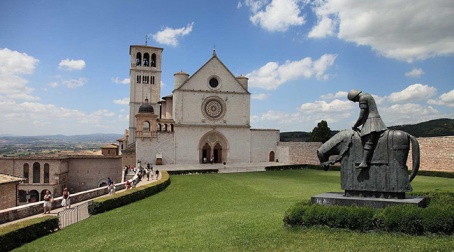
Stories and traditions of Umbria
Medieval and Renaissance culture has produced in Umbria the best expressions of the artistic geniuses of the time.
Umbria saw the birth of the first monastic orders with the foundation of the Benedictine order by San Benedetto da Norcia. And it was the birthplace of many other famous saints: St. Francis, St. Clare, St. Rita da Cascia, St. Valentine. Art and religion have always represented an indissoluble pair in the history of Umbria, just think of the poet Jacopone da Todi, now blessed.
Umbria is also a center of international culture, as evidenced by its international festivals. Every year, in July, Perugia hosts the Umbria Jazz Festival. The largest event dedicated to this art on Italian soil, which hosts musicians from around the world. Equally famous is the Eurochocolate, an annual event dedicated to the culture of chocolate.
There are numerous events that take place, especially in summer, in many centers of Umbria. Famous is the folkloristic manifestation of the feast of the Ceri. There are also a number of historical re-enactments such as the Quintana, of Foligno origin, which evokes the costumes of 1600, the Palio della Balestra in Gubbio, the Medieval Festival of Calendimaggio in Assisi and the Narni Ring Race, the Palio dei Colombi in Amelia, the Palio delle Botti in Marsciano, which evokes the rural traditions.
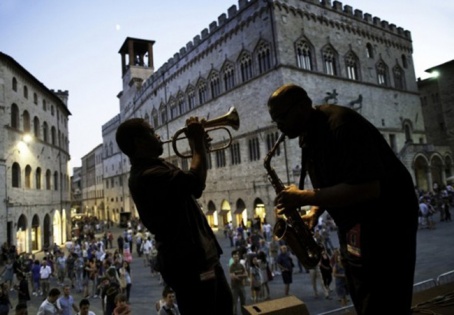
Art and culture of Umbria
Art is the essence of Umbria: great artists such as Perugino, Giotto, Cimabue, Nicola Pisano, Arnolfo di Cambio have left their unmistakable mark in various cities of the region that preserves the artistic testimony of its history.
The Umbrian Renaissance was one of the fundamental declinations of the Italian Renaissance. Renaissance art made its appearance in Umbria in the first half of the fifteenth century, with the stay of some Florentine artists of the first order, who left their works there.
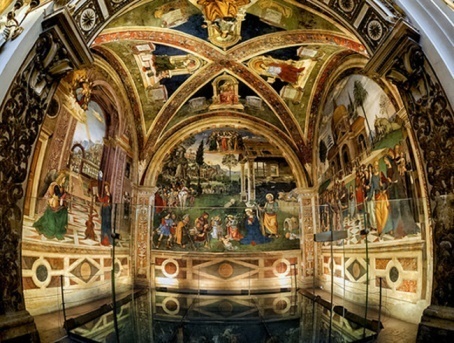
Food and flavours of Umbria
Umbrian cuisine is founded by a long tradition with origin from the Umbrian and Roman civilizations.
Among the typical dishes of Umbrian cuisine, there are certainly first courses based on mushrooms and truffles. Among the varieties of egg pasta typical of Umbria there are Agnolotti, a stuffed pasta, similar to ravioli but crescent-shaped with meat filling. Among the main courses, fried lamb and pheasant in brine are very popular and appreciated.
The Umbrian culinary tradition is also made of a wide variety of cold cuts, sausages and cheeses, many of which have a protected designation of origin and wines, from the whites of Orvieto and the Martani mountains to the reds of Montefalco, Bastardo and Amerino.

Unesco Sites in Umbria
Regione Umbria
Known as the 'Green Heart of Italy' because of its geographic location in the center of the peninsula and its lush and varied nature, Umbria is one of Italy's most picturesque regions.
Its borders are with Tuscany northward and westward, with Marche northward and eastward and with Lazio southward. Its territory is characterized by alternating mountainous areas, such as the Monti Sibillini massif whose peaks exceed 2,000 meters, valleys and plateaus such as the Castelluccio plain, famous because in summer it is colored by the flowering of lentils and offers a unique spectacle.
Although it is not bathed by the sea, Umbria is crossed by many rivers including the Tiber, the famous river on which Rome was born, whose tributaries and emissaries run through the entire region. Umbria is also home to the largest lake in Central Italy, Lake Trasimeno, and the breathtaking Marmore Falls, among the highest ones in Italy.
Umbria's origins trace back to the Umbrians, who founded many of the cities that exist today (Assisi, Spoleto, Gubbio, Foligno, Terni) and to the Etruscans, who left important evidence in Perugia and Orvieto.
In the 3rd century B.C., Umbria was conquered by the Romans, and in 217 B.C., one of the most important battles of the Second Punic War took place on Lake Trasimeno between the Roman and Carthaginian armies the latter led by the leader Hannibal, who won a crushing victory.
After the fall of the Roman Empire in 476 AD, the territory was divided between the Lombards and Byzantines, and with the coming of Charlemagne in the 8th century AD, the territories were ceded to the Papacy and then annexed to the Papal State. Despite major attempts to regain its independence, it was not until 1860 that the rule of the Church came to an end and Umbria was annexed to the nascent Kingdom of Italy.
Because of its history and geography, Umbria has countless cultural attractions and natural beauty and is characterized by cities and small towns rich in history and traditions where you can spend unforgettable holidays.
The largest town in Umbria is Perugia rich in art and history that attracts many tourists every year.
The historic center is dotted with important monuments such as the Fontana Maggiore, a symbol of the city, the Duomo and the Palazzo dei Priori, and prestigious museums and art places that hold the precious history of Perugia and Umbria.
2023 marks the five-hundredth anniversary of the death of the famous painter Pietro di Cristoforo Vannucci, known as the Perugino, and the city is already buzzing with exhibitions, conferences and events to worthily celebrate the painter.
Finally, to relax after climbing up and down the steps that characterize Perugia's urban structure, you can take a nice walk on Corso Vannucchi to admire the shops and enjoy a coffee in one of the historic cafes that overlook the Corso.
Another must-see destination in Umbria is Spoleto. The historic center retains its medieval structure dotted with Roman monuments, such as the Roman Theater, the Arch leading to the Forum and other important vestiges of the period.
A striking view is from the staircase that opens up among the narrow alleys of the historic center and leads to the Cathedral, dedicated to Santa Maria Assunta.
To enjoy the view of the city and its surroundings, it is necessary to ascend to the Rocca Albornoziana, an important system of fortifications and today home to the National Museum of the Duchy of Spoleto.
Spoleto is famous for being home of a famous international music, dance and theater festival held every year in the summer and for being chosen as a location for important Italian tv movies and series.
A peculiarity worth mentioning are the mechanized routes that allow people to move from one part of the city to another in a very short time via escalators, treadmills and elevators carved underground.
Among the most famous spiritual destinations in the world is surely Assisi, a UNESCO site since 2000. Assisi was the birthplace of St. Francis and St. Clare, now patrons of Italy, who brought the Franciscan message of peace to the world. St. Francis’ Basilica is an architectural masterpiece in which art reaches one of its highest picks by the greatest painters of the time Giotto, Cimabue, Simone Martini and Pietro Lorenzetti.
As many as 7 UNESCO sites are located in Umbria, due to their connection to Franciscan spirituality (the city of Assisi; the Basilica of Santa Maria degli Angeli and Palazzo del Capitano; the Sanctuary of Rivotorto and historic landscape; the church of San Damiano and the Hermitage of the Prisons) and to the history of the Lombards (the Tempietto del Clitunno in Campello sul Clitunno, PG and the Basilica of San Salvatore in Spoleto)
Umbria still reserves many destinations to visit, such as Orvieto, Gubbio and the typical Umbrian villages of Spello, Bevagna, Todi, Norcia, Foligno, Corciano each one with its own peculiarities that make it unique.
Some of the outstanding places worth a visit for their attractions are the breathtaking view of the plateau of Castelluccio di Norcia during the period of the colorful Lentil Flowering, between June and July; the Scarzuola, the ideal city designed by architect Tommaso Buzzi; the underground city of Narni that probably inspired writer C.S. Lewis for the novels 'The Chronicles of Narnia'; the small village of Rasiglia nicknamed 'the Venice of Umbria' for being entirely on water; the Cosmic Magnet of Foligno, a huge 24-meter human skeleton with a bird's beak nose lying inside a deconsecrated church; St. Patrick's Well in Orvieto or the Geographic Center of Italy near Narni.
In a region so rich in history and culture there are many events related to folklore such as the Festa dei Ceri in Gubbio, the symbol of the Umbria region, medieval historical re-enactments such as the Giostra della Quintana in Foligno, historical parades and Palii, and religious celebrations such as the Infiorata del Corpus Domini in Spello.
Umbria is also famous for its deep-rooted musical tradition that animates important internationally known events such as the Festival dei Due Mondi in Spoleto, now in its 66th edition, and Umbria jazz in Perugia, the 50th anniversary of which will be celebrated in 2023.
The variety of the territory is also reflected in the cuisine with its typical recipes based on meat, fresh pasta and sweets related to the festivities and in the typical products such as white and black truffles, legumes (the lentil of Castelluccio di Norcia, the Trasimeno bean), pork products, lake fish and of course wine and oil.


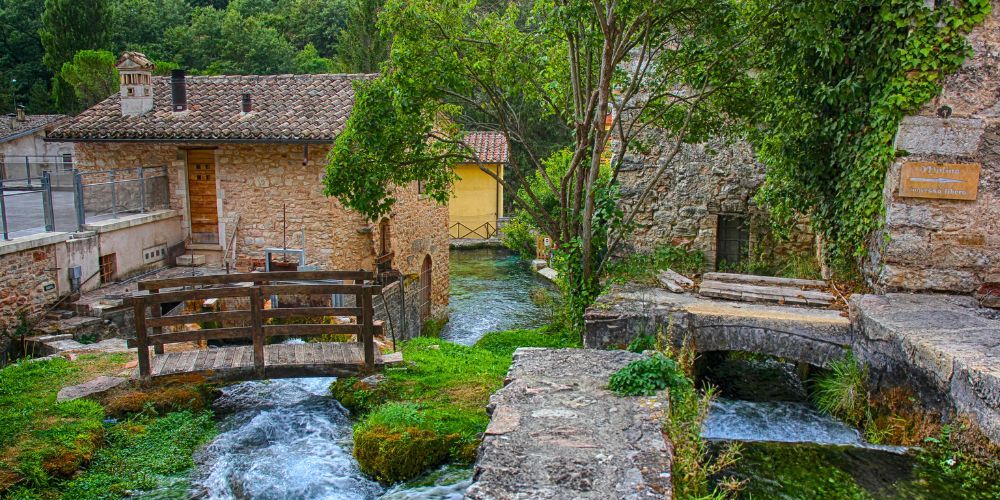
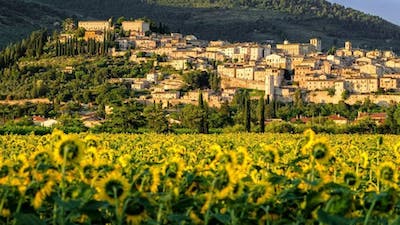
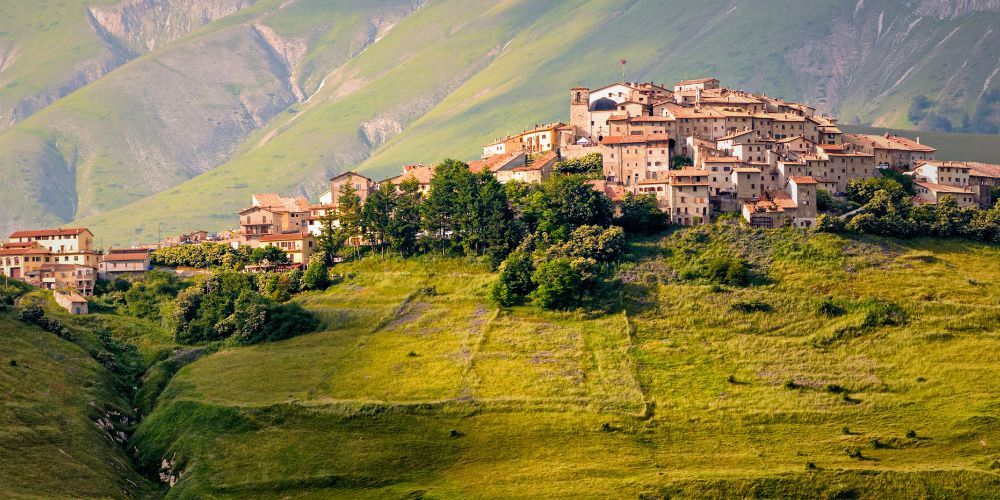

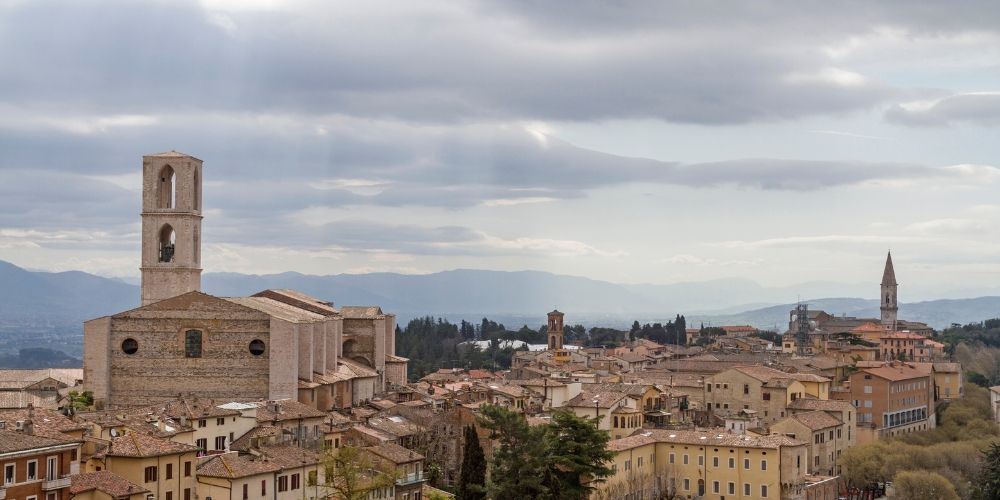
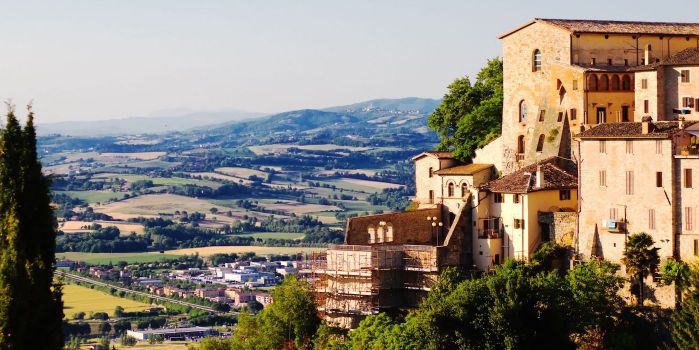


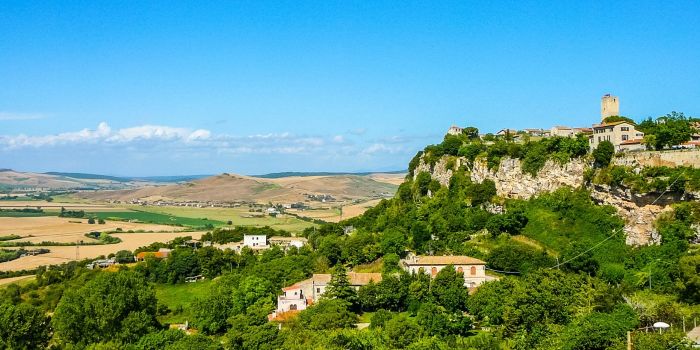


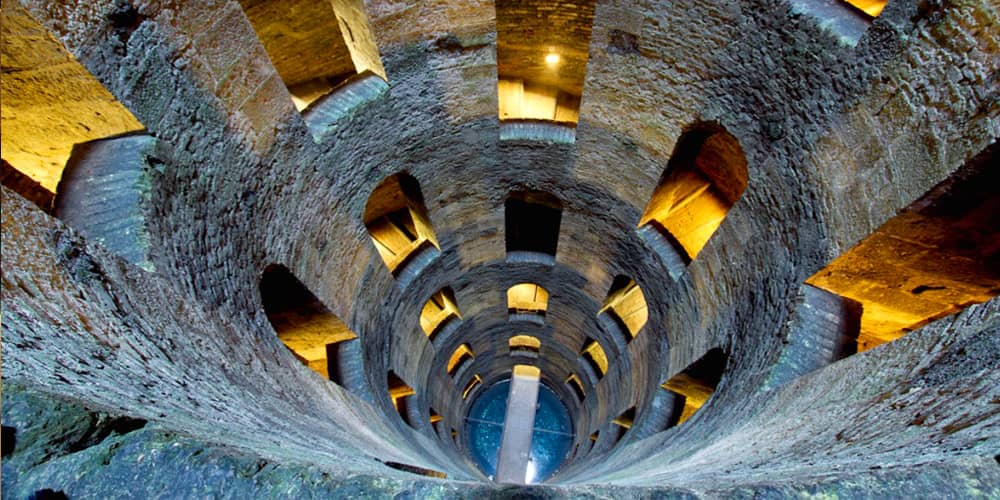
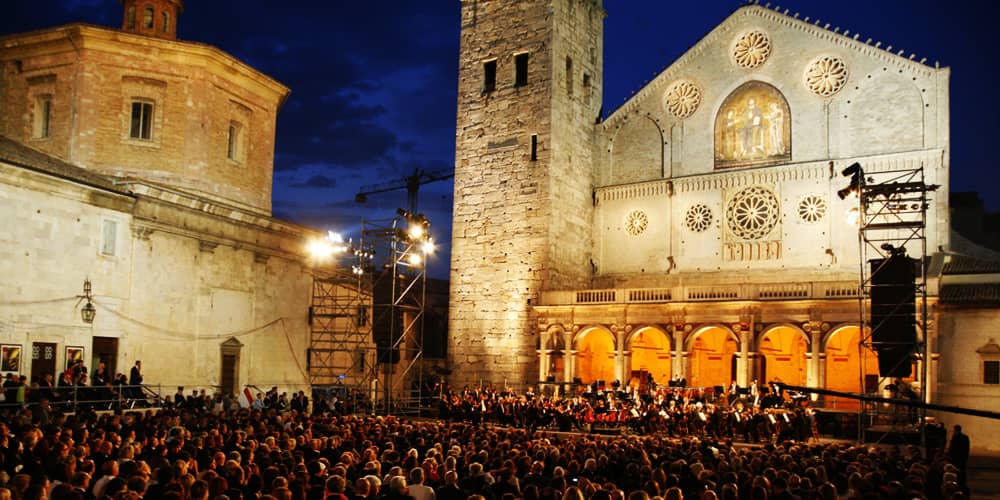
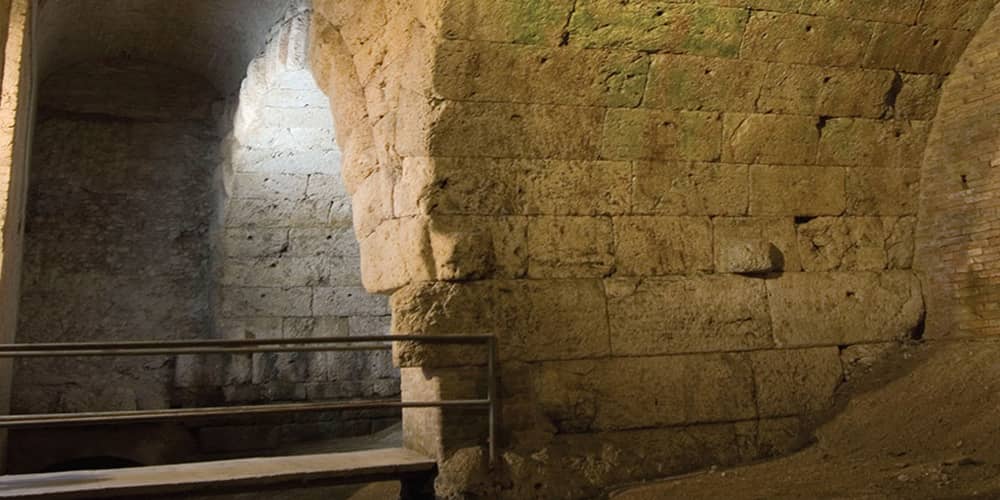
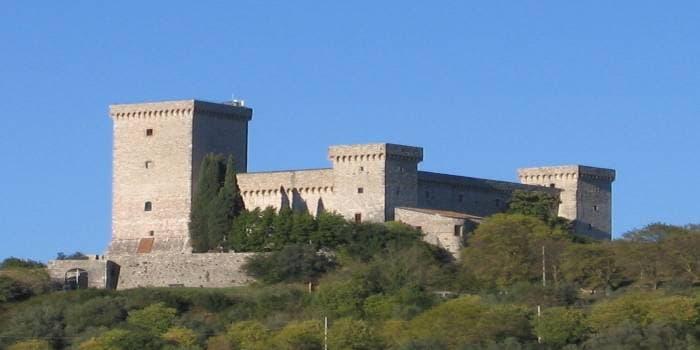

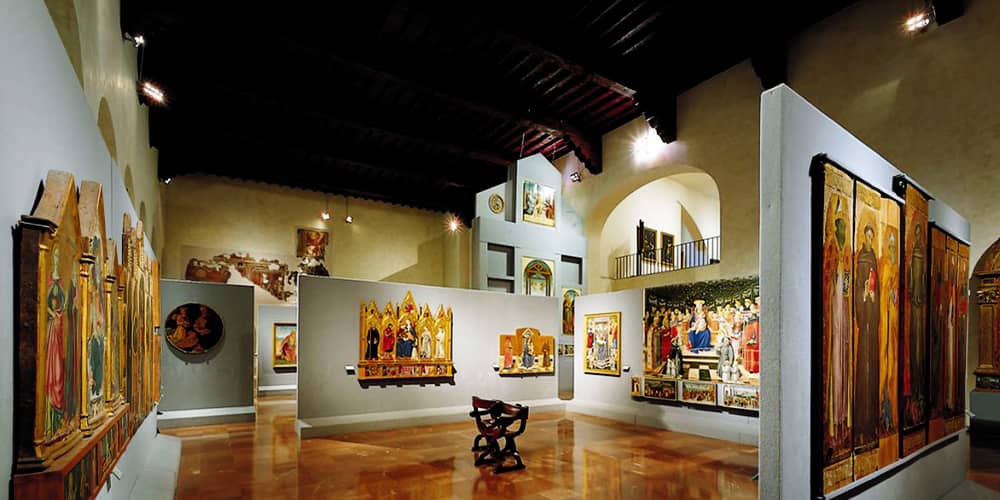

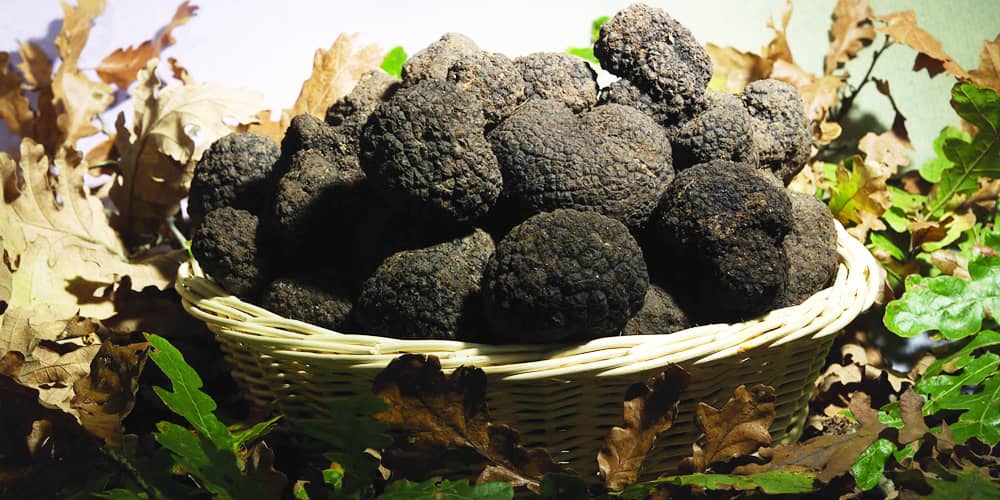

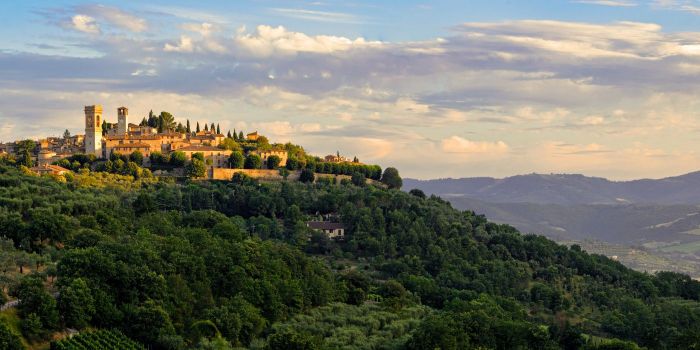
Ciao! I'm Monna Lisa, your digital travel designer. I'm here to help you plan your perfect trip to Italy.